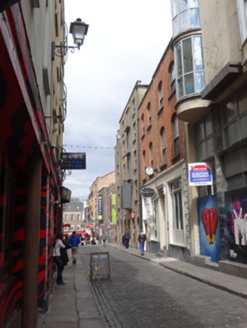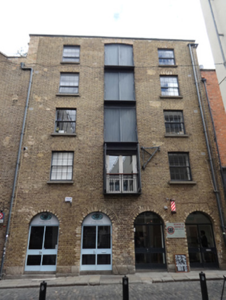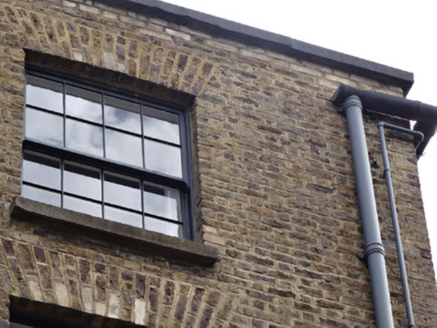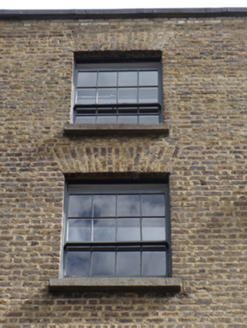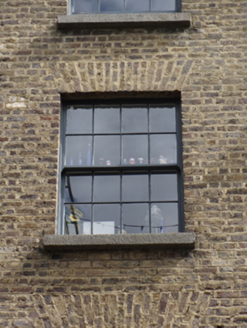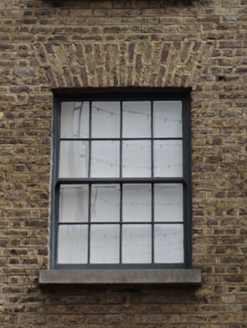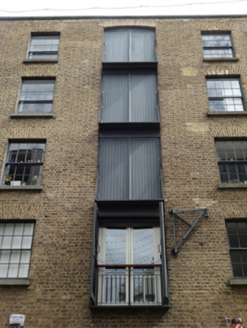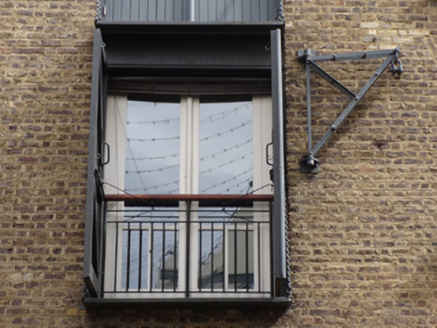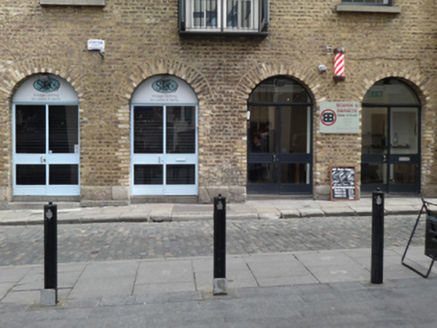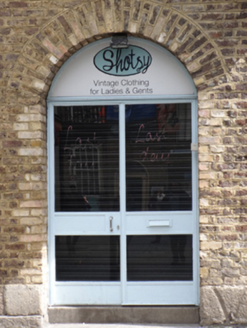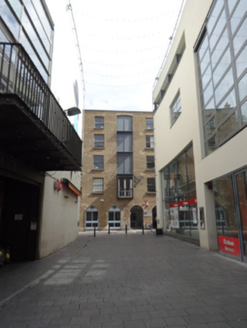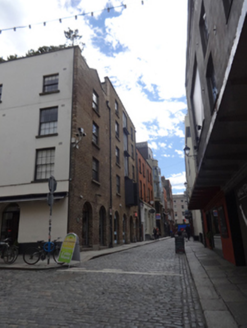Survey Data
Reg No
50020133
Rating
Regional
Categories of Special Interest
Architectural, Social
Original Use
Store/warehouse
In Use As
Shop/retail outlet
Date
1830 - 1850
Coordinates
315658, 234119
Date Recorded
14/04/2015
Date Updated
--/--/--
Description
Attached three-bay five-storey former warehouse, built c.1840. Now in use as shops with apartments to upper floors. Hipped slate roof, having rendered chimneystack with clay pots, and yellow brick parapet having render coping. Yellow brick, laid in Flemish bond to wall to front (west) elevation, over arcaded ground floor having granite plinth course, and steel pulley hoist to first floor. Square-headed window openings with granite sills, and eight-over-eight pane timber sliding sash windows to upper floors. Segmental-headed door openings to fourth floor of central bay over square-headed door openings to floors below, having recent glazed doors with timber battened external shutters and suspended steel platforms. Round-headed door openings to ground floor forming arcade, with recent steel-framed glazed doors, having granite steps. Granite paviers and kerb stones to front. Situated to east side and north of Temple Lane South.
Appraisal
Among the largest former warehouses in the area, this building was part of a complex of grocery warehouses at the junction of Temple Lane, Cecilia Street and Crow Street for Woods, Webb & Co. The surviving joist pulley and central loading bays are notable reminders of the building's commercial past. The arcaded ground floor balances the strong vertical thrust of the front facade, and brings interest to the streetscape at ground floor level. In the eighteenth century, Temple Lane, known in the seventeenth century as Hogges and Dirty Lane, was a narrow street of mixed use which took on a distinctly commercial character by the nineteenth century.
